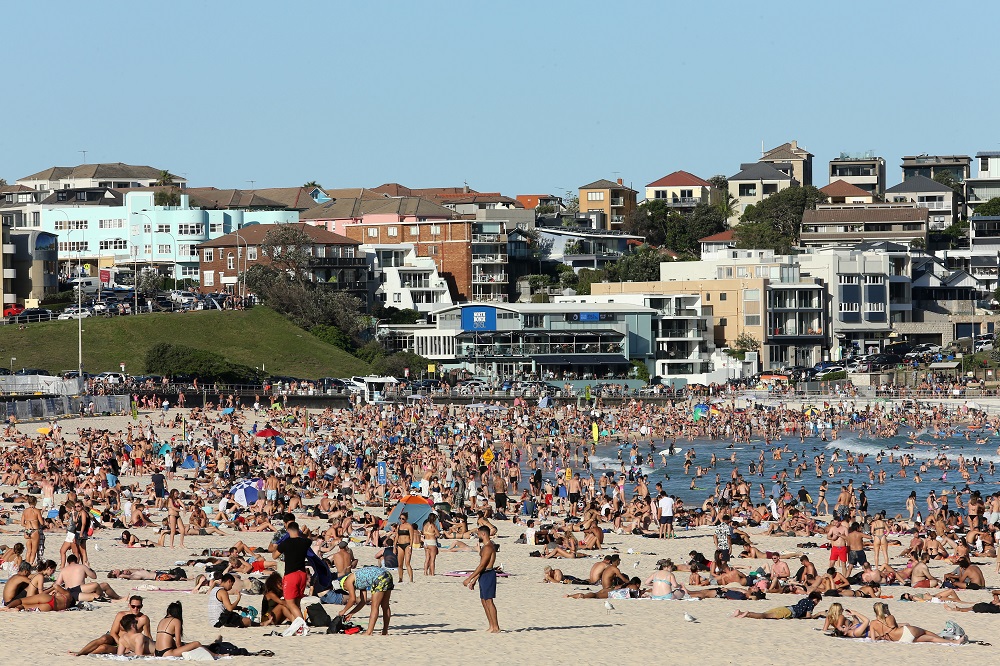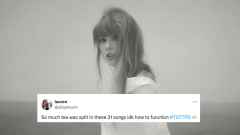
When I woke up on Saturday with a cough, congested sinus and generally feeling a bit crap, I didn’t really think much of it. Take some cold and flu, get enough fluids, sneak in a nap or two and I’ll be right. Right? Unfortunately, due to the situation we find ourselves in, those symptoms are remarkably similar to those of COVID-19, and as I live in one of the NSW designated hotspots, I figured the only responsible thing to do would be to get tested.
Considering I was 90% sure this was only a cold, and knowing how overwhelmed the health system is right now, I wanted to make sure it was worthwhile to actually get a test. First up I called the NSW Health Hotline (1800 022 222) to speak with someone about whether it warranted going any further. I had to answer some questions on my symptoms, such as if I had been in contact with anyone or if I had travelled overseas, all pretty self-explanatory. They recommended I call my GP. Long story short: I had to get a test.
In case you were wondering, this is what the test looks like:

That image was created by US medical image company MediVisuals, and it’s not pretty.
The requirements for testing in Australia are pretty fluid, but nationally you will be tested if you develop fever or respiratory symptoms and meet at least one of the following criteria:
- you have returned from overseas in the past 14 days
- you have been in close contact with someone diagnosed with COVID-19 in the past 14 days
- you travelled on a cruise ship (either passenger or crew) in the 14 days before developing symptoms
- you are a health care, aged care or residential care worker
- you have lived in an area where there is a higher risk of community transmission, as defined by the local public health unit
It’s that last point that meant I should be tested. In NSW the advice also includes if you work or have been active in, not just live in, any of the 12 area hotspots in Sydney, which includes my home of Randwick, in Sydney’s Eastern Suburbs.
The closest testing clinic is actually just down the road from my house, but in the interest of public safety I drove rather than get my step count up. The clinic itself also had a separate carpark specifically for those who were getting tested, and they controlled who was going in and out.
I wore the only mask I had as a preventative measure and walked up to the clinic from my car. There was clear markings on the footpath to show where to stand as part of social distancing and they were only letting in one patient at a time. As the mask I had wasn’t up to code, the nurses provided me with a medical mask before I entered the building, where they directed me to wash my hands using antibacterial foam as they did some basic tests.

While describing my symptoms to the nurse, my heart rate was monitored and my temperature taken. This was then noted on a clipboard with papers that I needed to fill out and then return. The waiting room was set up with all chairs spaced 1.5-metres apart and the nurses directed each patient to a specific seat. They didn’t let new patients into the building until there was a seat available for them. The first form was your standard contact details, medicare number, emergency contact sort of deal, while the second form was where you detailed your symptoms and when they first started.
Next was the waiting game. Just like any doctor’s office, bring some headphones as you never know how long it will be. A note here, all the medical practitioners are doing their absolute best and if you harass them in any way, you are a dickhead. Yes it might take hours, but bring a book and some tunes, and just suck it up. I ended up waiting maybe 30-40 minutes; time really slips away when you’re on that endless social media scroll.
Once I was called, I went into an examination room with a doctor who went through my symptoms and gave advice on what to do next, including getting swabbed. He also provided me with fact sheets on the disease, as well as advice on social isolating.

The last step was actually getting the swab. A nurse took me into a room and used the same swab to test both my mouth and nasal passage. I think I had both tested because I was coughing up phlegm, but I’m not 100% sure.
So about that medieval-looking test: It’s not painful, but it is definitely not comfortable.
The best comparison I can give (particularly for the nasal swab) is that it feels like when you clean your ears with cotton buds, but it’s in your nose and shoved way further than you would ever shove something yourself. The mouth swab is at the back of your throat which made me gag slightly and want to cough. The whole process takes less than one minute from start to finish though, so you’re not uncomfortable for too long.
Swab complete, I headed back to the front desk to get discharged. Based on my symptoms and the testing turnaround for the clinic I went to, I was told to expect to get my results within 72 hours and in the meantime to act like I had the disease and isolate myself.
In actual fact, I got my results the next day, which was much faster than expected. The hospital called and left a message to let me know my swab was negative, as I missed the call. Side note: if you’re waiting on results, pick up that No Caller ID call. As I missed the call, the hospital said they would call back within the next couple of days to ensure I had received the message.
Hearing that I tested negative was obviously a relief – being in isolation and social distancing is hard enough. It did highlight the fact that these measures, as well as good hygiene, are important, so maintaining that helps not just you but actually the whole community. It’s the only way we’re going to be able to see the light at the end of the tunnel.







